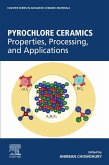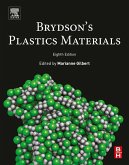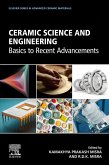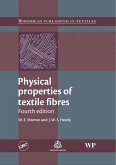It has been three decades since the last significant book was published on SiC ceramics (other than those books that specifically focus on SiC semiconductors). Thirty years has been a long time in the world of SiC ceramics. In the early 1990s, SiC was still a relatively obscure ceramic even within the materials community, prominent only as an industrial abrasive (carborundum), and a refractory (Chapter 7). This has all changed dramatically in the 21st century. For example,
- As a semiconductor, SiC greatly surpasses silicon in performance, especially in high-power systems. Its market penetration since its launch in 2001 has been exponential. Single-crystal SiC semiconductors are covered in Chapter 3
- Millions of military and paramilitary personnel have globally been protected with lightweight SiC body armour, since the late 1990s. Body armour is covered in Chapters 4 and 5
- SiC-SiC is a composite material close to commercialization that makes possible high-temperature load-bearing applications hitherto only able to be hypothesized: from ultra-high-temperature jet turbine blades to advanced nuclear fuel encapsulation, the possibilities are very promising. Aerospace applications are covered in Chapter 9
- Other key areas that are addressed are blast-resistant SiC vehicle/vessel armour in Chapter 8 and wear-resistant SiC ceramics in Chapter 6
- Silicon Carbide Ceramics will be an essential reference resource for academic and industrial researchers and materials scientists and engineers working in ceramic materials for the semiconductor, defence, aerospace, wear resistance and refractory fields
- Presents an extensive review of the history, production and properties of SiC ceramics, including their characterization and applications
- Discusses classical and state-of-the-art sintering technologies for SiC ceramics
- Focuses on the future of ceramic manufacturing and advanced ceramic additive technologies
Dieser Download kann aus rechtlichen Gründen nur mit Rechnungsadresse in A, B, BG, CY, CZ, D, DK, EW, E, FIN, F, GR, HR, H, IRL, I, LT, L, LR, M, NL, PL, P, R, S, SLO, SK ausgeliefert werden.









